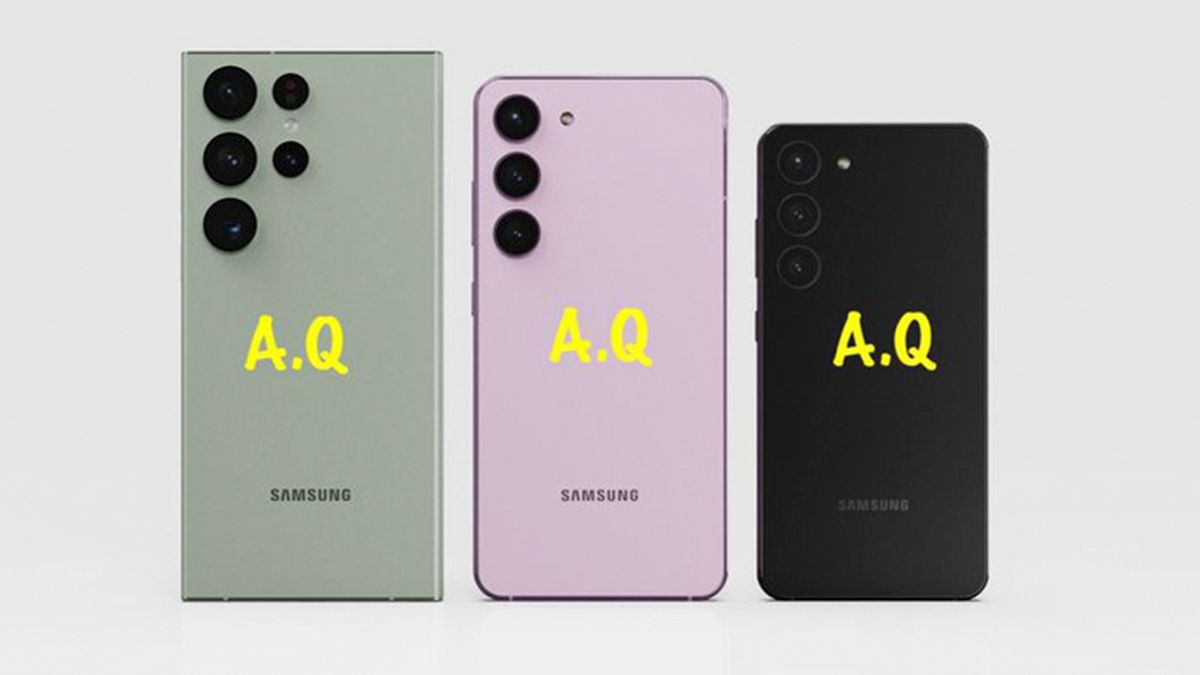
Age us nothing but a number, but how you tailor your customer communication to fit generational needs can make a clear difference.
Ever have to give your mother or father a lesson on how to download a new iPhone app or use the latest version of Instagram? We’ve all experienced a form of this at some point.
It’s a fact that generations differ drastically when it comes to their preferences for which technology they like to use and how quickly they adopt the latest innovations. Difference in preferences also extends to customer service. Generations vary in ideals when it comes to wait times, chatbot interaction, text, phone calls, and more.
While many companies look to invest in expansion and retention of their customer base, both critically important in an economic downturn, they should also look to generational preferences for strategies to serve different generations best.
Consistently Assess (and Reassess) Customer Preferences
It’s typically believed that older generations might be more patient when it comes to waiting for customer service to solve a tech issue — they didn’t grow up in the era of instant gratification and aren’t used to resolving issues online so quickly.
However, we have found that this conventional wisdom is wrong — younger respondents are willing to wait much longer for customer service than their older counterparts. Baby Boomers and Gen X are about twice as impatient as millennials and Gen Z in that they are only willing to wait for a maximum of 10 minutes for a chatbot response, 30 minutes for a text response, and mere minutes for a voice call. In contrast, Gen Z is willing to wait for more than double and sometimes even triple the time across the same platforms.
Given these preferences and changes due to the pandemic, it’s important to stay close to customer needs and constantly assess and reassess generational needs to stay up to date. I recommend methods like conducting a customer survey, performing research, or keeping up with trends as platforms evolve. If the pandemic taught us anything, it’s that the old adage, “if it ain’t broke, don’t fix it,” isn’t applicable when change is always a certainty. Sketching a dynamic, ever-evolving approach to your business plan will help your team weather any storm.
Related Article: Voice of the Customer: What Is It and Why Does It Matter for CX?
Lean Into Texting for Younger Customers
Gen Z is the first generation of consumers to grow up entirely in the digital age. It makes them more tech-savvy and mobile-first, which inherently makes their standards for time spent online much higher. So it’s no surprise that Gen Z is 3x as likely to communicate with vendors through text more often than other generations according to the same study, and 44% more likely to look at notifications within a minute of getting a text, according to a Mitto study conducted in May 2022.
Although texting has become more popular across the board — with nearly 93% of consumers reporting that they would like to communicate with brands via text messages — leaning into it with Gen Z, in particular, will prove to be successful because it feels most intuitive to them, even for marketing purposes. After assessing and reassessing, a business can meet customers where they are and accommodate their needs, which will increase customer retention and attainment.
Chatbots Aren’t the Answer for Every Generation
Customer behavior changed over the pandemic. Although the landline has faded over the years, and despite the “don’t call me — text me!” movement, customers still prefer calls over chatbots when they need to solve problems. One reason is that it enables better human connection and allows CX teams to customize to a customer’s unique needs, which vary among generations. Customers prefer more personalized forms of communication, such as through texting, over chatbots — because chatbots tend to lack the human touch. Customers believe that working with a real person produces more accurate responses and makes it easier to explain their unique situations.
Although this has become our new truth over the course of the pandemic, businesses still view chatbots as essential for business, and they are, to some extent — they just need to stay in their swim lane. Chatbots can be useful when implemented into a CX program correctly and can work like a charm for message routing or for behind-the-scenes workflows to empower the CS team. If used more often than that or if they replace the human touch entirely, chatbots and automation can be detrimental to the customer experience, which could have massive ramifications during an economic downturn.
So, how can companies manage this delicate balancing act, particularly during an economic downturn? The key is human connection at the right time. Create a business strategy with in-person top of mind and woven into every practice. Face-to-face interactions are preferred when it is available and possible. Otherwise, emails, voice calls, and text messages should be the top mode of communication with a customer.
Related Article: What Does a ‘Good’ Customer Experience Really Involve?
Generational Differences Ultimately Matter in CX
Customers aren’t “one-size-fits-all.” Businesses must customize and adapt to the unique needs of each generation to build a better relationship with them. Ultimately, the more effort you put into knowing your customers’ varying preferences, the longer and more fruitful the customer relationships will be — and the faster your business will scale.
Generational differences are one of the top attributes to analyze when making decisions on how to communicate with a customer.






